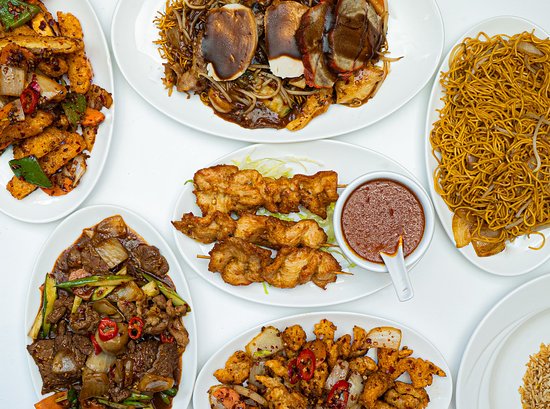Introduction: The Diversity of Canadian Cuisine
Canada has a rich culinary history that varies across its provinces and regions. The country’s diverse geography, history, and cultures have influenced its cuisine, resulting in a range of flavors, traditions, and ingredients unique to each region. From the seafood-rich coasts of the Maritimes to the hearty fare of Quebec’s French-inspired cuisine, and the Indigenous traditions of the North, Canadian cuisine offers a diverse and exciting culinary experience that reflects the country’s multicultural heritage.
Quebec: Influenced by French Traditions
Quebec’s cuisine is a reflection of its French heritage, with a strong focus on hearty, comforting dishes. The region is known for its poutine, a dish made of french fries, cheese curds, and gravy, as well as tourtière, a meat pie that’s often served during the holiday season. Maple syrup is another key ingredient in Quebecois cuisine, used in sweet and savory dishes alike. The province’s cuisine is also heavily influenced by its proximity to the United States, with dishes like smoked meat sandwiches and bagels making their way into Quebec’s culinary scene.
Ontario: A Hub of Multicultural Flavors
Ontario’s cuisine is a melting pot of flavors, reflecting the province’s diverse multicultural population. Toronto, in particular, is known for its street food scene, where visitors can sample food from all over the world. The province is also known for its wineries and breweries, producing a range of world-class wines, beers, and ciders. Ontario is home to a thriving farm-to-table movement, with local farmers’ markets and restaurants using fresh, locally-sourced ingredients in their dishes.
Western Canada: Embracing the Outdoors and Local Produce
The Western provinces of Canada (British Columbia, Alberta, Saskatchewan, and Manitoba) are known for their love of the outdoors and access to fresh, local produce. The region’s cuisine is characterized by its focus on fresh, seasonal ingredients, with seafood, game meats, and wild berries featuring heavily in many dishes. Western Canada is also home to a thriving craft beer scene, with microbreweries and brewpubs popping up all over the region.
The Maritimes: A Seafood Lover’s Paradise
The Maritimes (Nova Scotia, New Brunswick, and Prince Edward Island) are known for their stunning coastline and abundance of fresh seafood. Lobster, scallops, and oysters are just some of the region’s famous delicacies, often served with traditional sides like potato salad and coleslaw. The Maritimes are also home to a variety of craft breweries and wineries, producing unique and flavorful beverages that complement the region’s cuisine.
Northern Canada: Adaptations to Harsh Climates
The Northern provinces and territories of Canada (Yukon, Northwest Territories, and Nunavut) have a unique cuisine shaped by their harsh climates and remote locations. Traditional Indigenous ingredients like caribou, muskox, and arctic char feature heavily in Northern cuisine, alongside staples like bannock (a type of bread) and pemmican (dried meat). Many Northern communities also rely on hunting and fishing for their food, resulting in a cuisine that’s heavily reliant on wild game and fish.
Indigenous Cuisine: Honoring Traditional Ingredients and Techniques
Indigenous cuisine is an integral part of Canada’s culinary heritage, with traditional ingredients and techniques being passed down through generations. Many Indigenous dishes use ingredients like wild rice, bison, and berries, and are often cooked using traditional methods like smoking and pit cooking. Indigenous cuisine is also influenced by the region where it’s prepared, with different techniques and ingredients used across the country.
Conclusion: Celebrating Canada’s Culinary Heritage
Canada’s cuisine is as diverse and unique as its people, with each region offering its own flavors, ingredients, and traditions. From the French-inspired dishes of Quebec to the seafood-rich coasts of the Maritimes, and the Indigenous traditions of the North, Canadian cuisine is a celebration of the country’s multicultural heritage. So whether you’re a fan of poutine, seafood, or craft beer, there’s something for everyone in Canada’s culinary scene.


